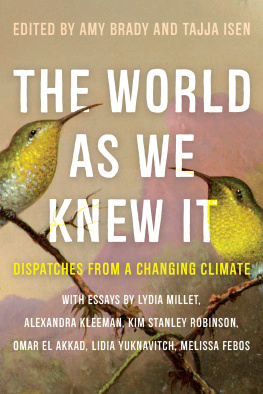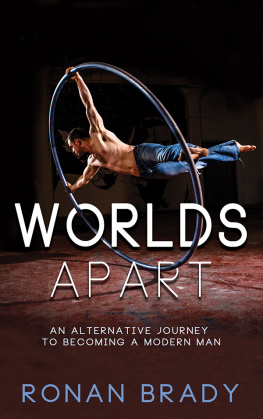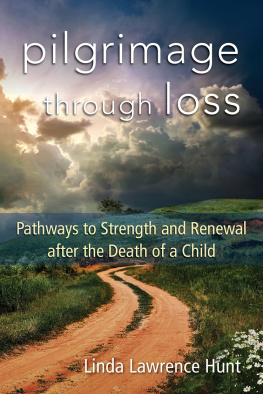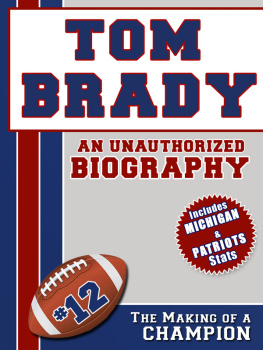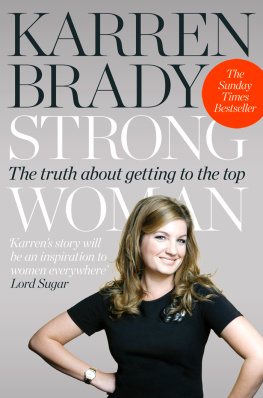Amy Brady - The World As We Knew It
Here you can read online Amy Brady - The World As We Knew It full text of the book (entire story) in english for free. Download pdf and epub, get meaning, cover and reviews about this ebook. year: 2022, publisher: Catapult, genre: Romance novel. Description of the work, (preface) as well as reviews are available. Best literature library LitArk.com created for fans of good reading and offers a wide selection of genres:
Romance novel
Science fiction
Adventure
Detective
Science
History
Home and family
Prose
Art
Politics
Computer
Non-fiction
Religion
Business
Children
Humor
Choose a favorite category and find really read worthwhile books. Enjoy immersion in the world of imagination, feel the emotions of the characters or learn something new for yourself, make an fascinating discovery.
- Book:The World As We Knew It
- Author:
- Publisher:Catapult
- Genre:
- Year:2022
- Rating:5 / 5
- Favourites:Add to favourites
- Your mark:
- 100
- 1
- 2
- 3
- 4
- 5
The World As We Knew It: summary, description and annotation
We offer to read an annotation, description, summary or preface (depends on what the author of the book "The World As We Knew It" wrote himself). If you haven't found the necessary information about the book — write in the comments, we will try to find it.
The World As We Knew It — read online for free the complete book (whole text) full work
Below is the text of the book, divided by pages. System saving the place of the last page read, allows you to conveniently read the book "The World As We Knew It" online for free, without having to search again every time where you left off. Put a bookmark, and you can go to the page where you finished reading at any time.
Font size:
Interval:
Bookmark:



To those around the world who advocate a just and sustainable future


Summer nights in Kansas used to be so alive with the sounds of insects and animals that, if you wanted to tell a story, you had to shout to be heard. The trees vibrated with the droning of locusts; the weeds shook with crickets. Frogs bellowed up and down the creeks. The Brady family spent most summer evenings in the backyard, where we sat on torn folding chairs beneath a flickering porchlight, hollering at one another to be heard over the nights wild buzzing.
The kids, myself included, would chase fireflies. In those days, the darkness out in rural Kansas was still complete, an inky black pierced only by the porchlight and the blinking bugs and the headlights of the occasional car that zoomed down the distant I-70. In all that darkness, the fireflies were a cloud of light. When they swerved so did I, an open glass jar held tightly in one hand, a metal lid with three tiny holes in the other. Once, I tripped on a twig and went crashing down into the grass. Knees burning, I rolled over and stared up at the night sky, the fireflies and stars so thoroughly blended that I couldnt tell when a stream of light was a bug or a shooting star. It never occurred to me that nights like those wouldnt always be possible.
These days, summers in Kansas have changed. Thermometer readings now regularly reach the upper nineties. Corn and milo crops are suffering, and some people without air-conditioning are routinely hospitalized with heat stroke.
Now a New Yorker, I recently visited my family back in Kansas. The old house has been sold, but my father still lives in Topeka. The silence of the animals and insects on this trip was unsettling. Owing to the development of more grocery stores and restaurants, the darkness was gone as well. Here was a landscape so familiar I could draw a map from memory, and yet it felt strange to me.
That peculiar feeling has become recognizable to many people around the world. In 2022, we are witnesses to one of the most transformative moments in human history: a time when climate change is altering life on Earth at an unprecedented rate, but also a time when the majority of us can still remember when things were more stable. We are among the firstand perhaps one of the lasthuman populations to have memories of what life was like before. To us, the new normal is not yet how its always been. Our lives jostle against incongruous memories of familiar places. We are forced to confront, in strange and sometimes painful ways, how much those places have changed.
When we think of environmental crises our minds might go first to extreme weather events, like Superstorm Sandy, whose size and scale were amplified by climate change. At approximately 8:00 p.m. on October 29, 2012, Sandy struck Atlantic City, New Jersey. That night, a full moon hung in the turbulent sky, pulling the ocean tides a full 20 percent higher than normal and increasing Sandys storm surge. Seawater rose along the Eastern Seaboard toward New York City and then poured into Manhattan, flooding subways and sidewalks. More than six hundred thousand people lost power throughout the five boroughs; many would be without electricity for more than a week. The years since Sandy have seen an escalating series of even larger events. In 2020, there were so many tropical storms that the World Meteorological Organization nearly ran out of names for them.
But the connections between humans and the natural world go beyond extreme weather events. As the Earth warms, other devastating phenomena continue to thrash the planet: invasive species migrate to cooler climates, choking off local wildlife and creating potentially threatening moments of contact between animals and humans. Wildfire seasons are now year-round. Low-lying nations threatened by sea-level rise, like the Marshall Islands, are being forced to consider a terrifying, almost inconceivable choice: relocate the entire population or elevate the land. For the Marshallese, the latter would involve raising 1,200 islands scattered across 750,000 square miles of ocean. Early in 2020and partway through compiling this anthologythe COVID-19 pandemic encircled the world, altering our lives in ways that are by now familiar. The catastrophic novel coronavirus was borne out of humanitys complex and unsustainable relationship with wildlife. The way things are headed, this pandemic likely wont be the last.
To use a metaphor that has grown uncanny, these visible effects of global warming are just the tip of the iceberg. In the public conversation about climate change, macro change tends to take center stage, and for good reason: it impacts the lives of millions and serves as an increasingly urgent reminder of the need for decisive action. But less told among the literature of climate change are the stories of individualshow theyre coping (or not) with the changes occurring in their own lives. Thats the scale that The World as We Knew It seeks to highlightnot by turning away from global events, but by emphasizing the links between the individual, the collective, and the environmental. Sometimes the connections between the personal and the planetary can be hard to see, but once we start looking, we notice that theyre everywhere.
At a time when our planet is experiencing terrifying and unprecedented levels of change, what corresponding transformations have you witnessed in your own lives, yards, neighborhoods, jobs, relationships, or mental health? Thats the question that Tajja Isen and I asked our contributors to this anthology. We wanted to hear their personal stories, allow them to serve as witnesses of this increasingly complex moment in history. We encouraged them to take the theme in any direction they desired, and indeed, they did.
Some of the pieces were written and edited before the appearance of COVID-19 and reflect a world that hadnt yet been altered by it. For other pieces, the pandemic erupted partway through the editorial process, requiring editors and contributors alike to consider new approaches to storytelling that could account for yet another kind of global upheaval. Others still were assigned after our world had irrevocably changed, and were drafted and revised through civil unrest, a harrowing election, insurrection, police violencean absurd number of converging crises that demanded our attention and commitment. Out of those various disruptions, though, The World as We Knew It has become a kind of living documenta record of things as they were, a testament to living and writing through tragedy, and an exercise in envisioning the life that might await us on the other side. The events of the past few years have forced us to consider an entirely new set of connections between the individual and the global. Were grateful to our contributors for persevering with this project alongside us.
The works collected in The World as We Knew It reflect these various states and times as they explore the relationships between humanity and our environments. Emily Raboteaus essay, How Do You Live with Displacement?, is a polyvocal record of the first three months of 2020, charting the dual threats of climate change and the novel coronavirus. Raboteau chronicles the voices of her community when New York City was the epicenter of the U.S. outbreak, shedding light on the viruss disproportionate impacts on Black and brown peoplea form of inequality replicated by the effects of climate change. Porochista Khakpours Season of Sickness traces the connections between an ailing climate and human diseases, especially the ways that the former can aggravate the latter. As Khakpour struggles with her own Lyme disease, trying to find a home that doesnt worsen her condition, the pandemic casts its first shadow in the United States. Meera Subramanians essay, Leap, set primarily on Cape Cod, focuses on a similar intersection of climate change and sickness through the figure of the tick. Subramanian poignantly illustrates how a growing awareness of the natural worlds dangers can alter our once-idyllic relationship with it.
Font size:
Interval:
Bookmark:
Similar books «The World As We Knew It»
Look at similar books to The World As We Knew It. We have selected literature similar in name and meaning in the hope of providing readers with more options to find new, interesting, not yet read works.
Discussion, reviews of the book The World As We Knew It and just readers' own opinions. Leave your comments, write what you think about the work, its meaning or the main characters. Specify what exactly you liked and what you didn't like, and why you think so.

